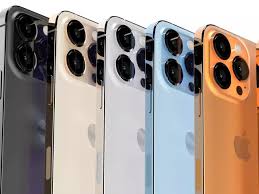Design
The iPhone 13 and iPhone 12 look virtually indistinguishable, and we’re expecting only minor cosmetic changes with the iPhone 14 series. After all, Apple typically operates in four-year design cycles, so glossy-glass backs, straight metal edges, and the dual/triple camera housing seem a given.
However, several leaks now suggest that at least some models in the series will finally ditch the notch in favor of the cutouts that have become popular in the Android space. More specifically, leaks point to the selfie camera having a punch-hole cutout and the Face ID sensors offering a pill-shaped cutout. Unofficial renders also hint at shallower camera bumps than in previous years. However, that has apparently been accomplished by making the phones thicker rather than shaving down the camera sizes.
Finally, don’t expect your iPhone 13 case to work on the iPhone 14. Rumors suggest the new iPhones will have a very slight design difference that will make current cases incompatible.
Features
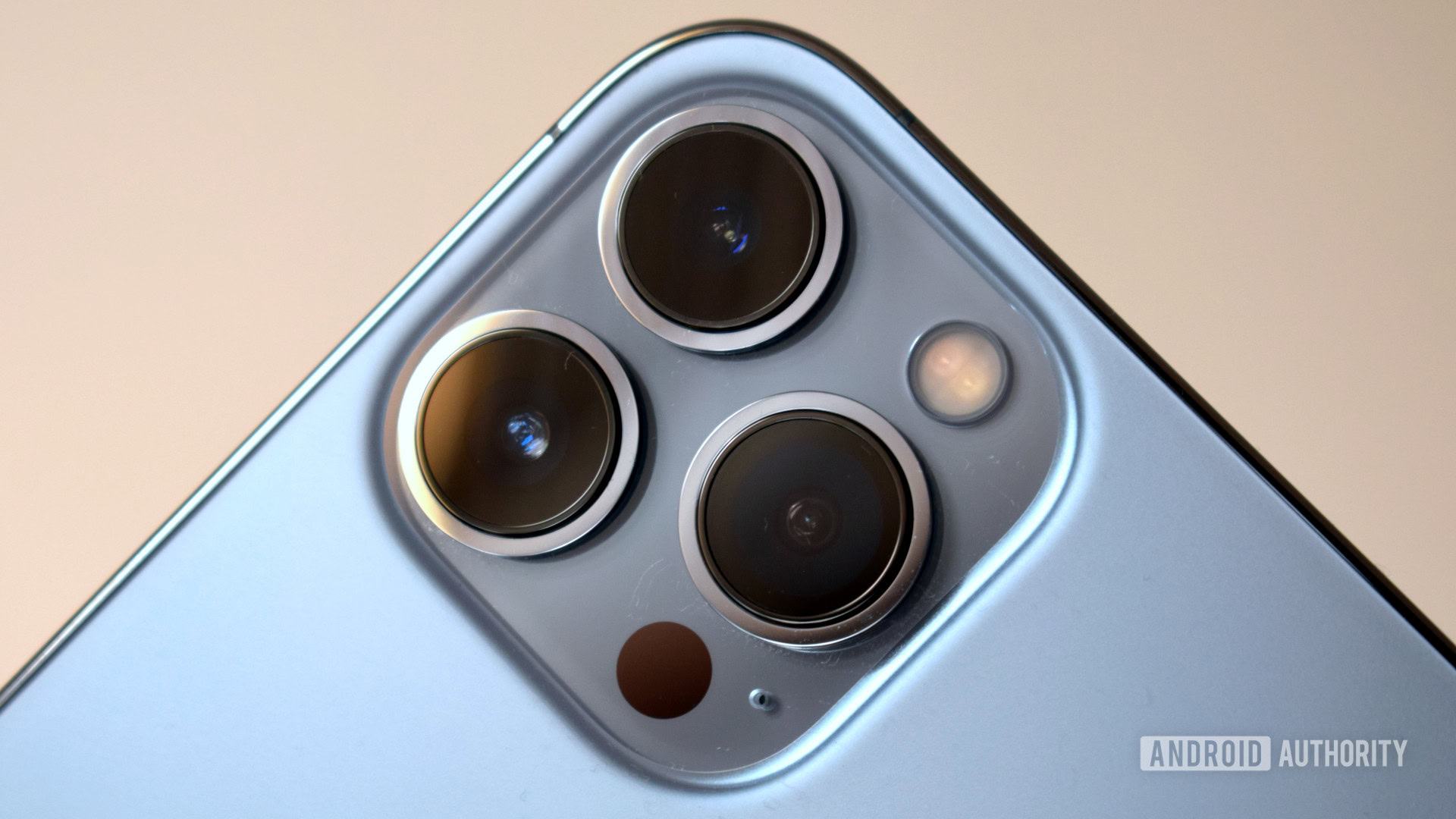
Apple debuts new silicon with every iPhone release. Following its existing naming convention, we’re expecting the Apple A16 Bionic to power its upcoming phones. We don’t yet know what to expect regarding performance uplift from this chip. However, several rumors point to the two less expensive iPhone 14 models sticking with the existing A15 Bionic found in the iPhone 13 series. This would make sense in the current chip shortage climate but would be a blow for Apple fans who covet best-in-class performance.
Likewise, we’re still seemingly looking at a 60Hz display for the cheaper regular model(s), with 120Hz refresh rates for the more expensive handsets. There’s no reason to expect Apple to deviate from last year’s OLED technology and display resolutions at this time. Other specs are said to include 6GB or 8GB of RAM, depending on the model, and double the maximum storage capacity at up 2TB for the most expensive variants.
Cameras are, of course, a major part of the iPhone’s identity. Due to size constraints, the smaller iPhone will likely stick with a dual-camera setup, while a familiar wide, ultrawide, and telephoto zoom look set to remain for the larger models. One rumor points to the adoption of 48MP main cameras with 8K video capabilities for the Pro and Pro Max. The claim of a 48MP sensor for Pro models has been corroborated by Gurman again.
Either way, Apple is playing catch-up here in terms of pure megapixels and video recording resolution. But the company has a reputation for offering great camera software and best-in-class video recording, so expectations are high for these two features. Moving to the front camera, Apple is also tipped to deliver an upgraded selfie camera featuring autofocus and a 6P lens.
Apple is expected to offer 48MP camera sensors on some iPhones for the first time, along with an improved selfie camera.
Face ID biometrics, MagSafe charging and accessories, wireless charging, and 5G support are all almost certainly sticking around this generation.
In terms of software, several rumors and Apple’s own iOS 16 code point to always-on display functionality coming. Android phones have had this feature since the early to mid-2010s, but it’s better late than never for Apple.
What will the Apple iPhone 14 price be?
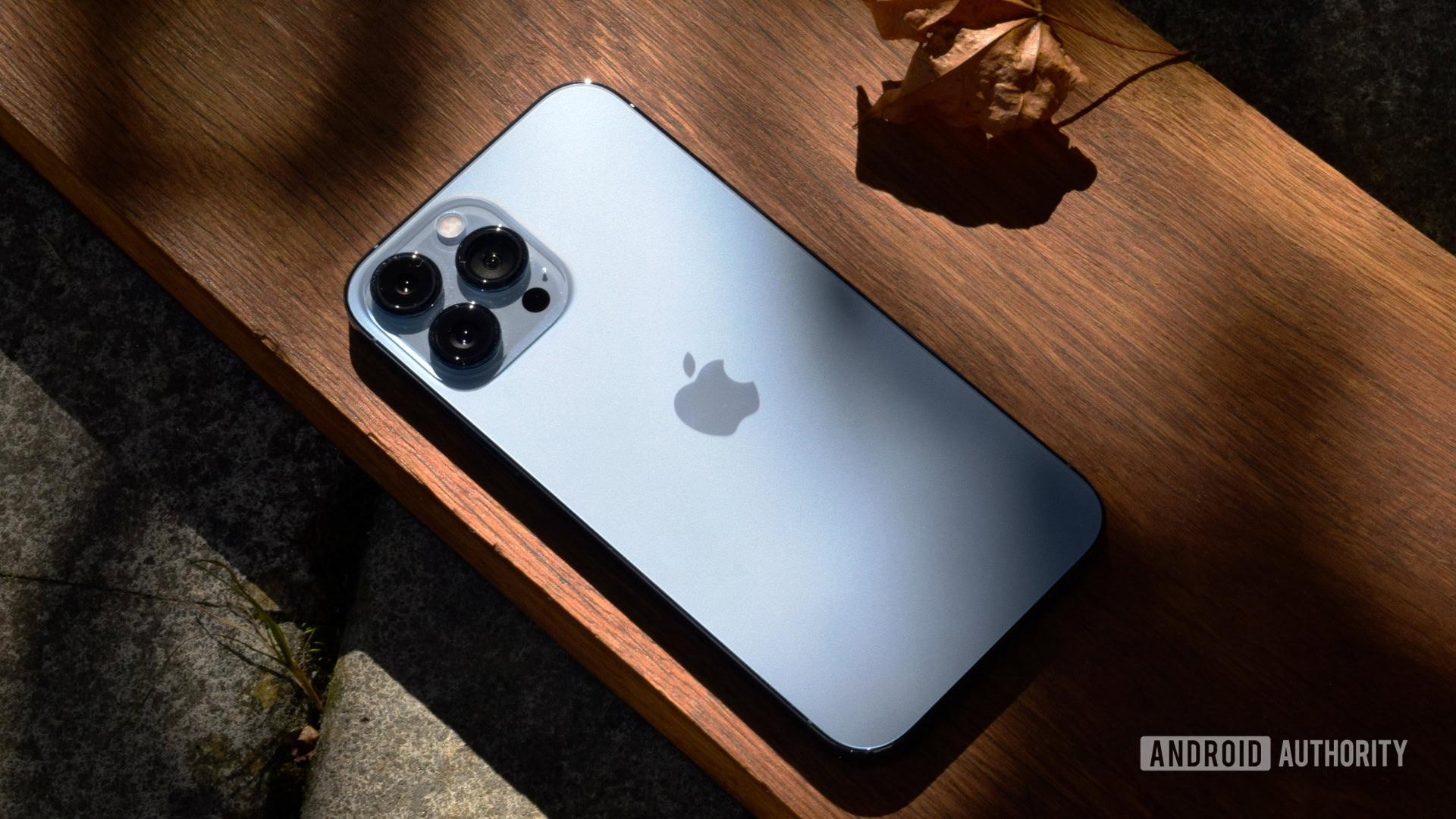
Apple’s iPhone flagships span a variety of price points. In recent years, the standard model has cost $799, with the Pro coming in at $999, and the Pro Max starting at $1,099. At the very least, we should expect prices to be no cheaper than this with the iPhone 14 series.
However, the introduction of a Plus model could cause a shift in this historic pricing model. One report suggests that the standard model may start at $799 and the Plus at $899, while the Pro and Pro Max see a $100 price hike to $1,099 and $1,199, respectively.
Apple iPhone 14: What we want to see
The Apple iPhone 13 family is a competitive collection of smartphones that rivals the best from Android. This powerful range covers many sizes, price points, and capabilities while sharing core experiences. It offers high-quality hardware, peerless performance, and a massive ecosystem of apps and accessories that make it an attractive option against the variety of hardware from Android manufacturers.
Despite all of Apple’s efforts to make the iPhone 13 series the best-ever smartphones, it managed to make a few mistakes here and there that hold the phones back. Here’s how Apple can improve the iPhone 14 series and put the screws on Android.
Drop the notch
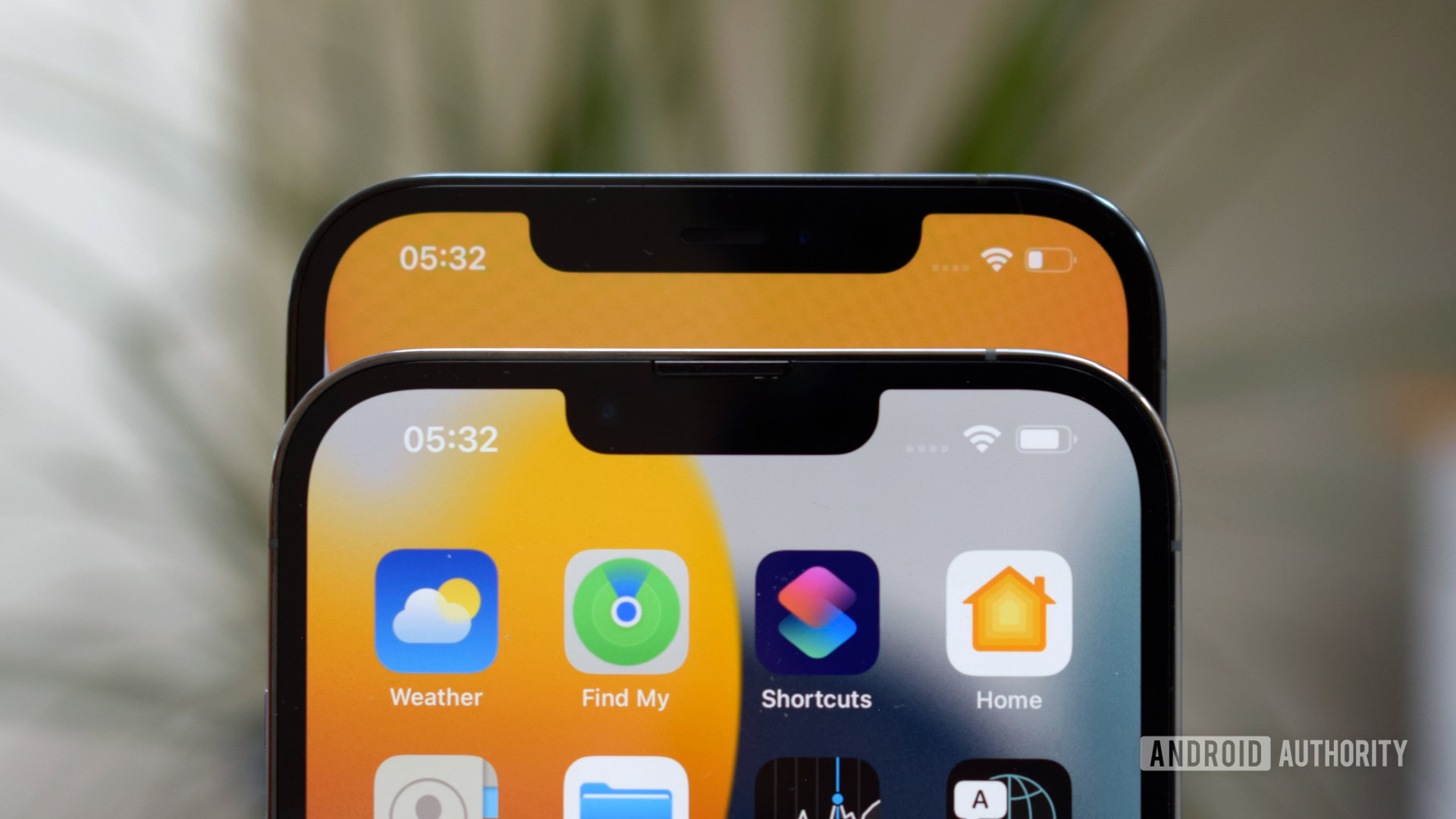
Notches were a blessedly short-lived phenomenon on Android devices (for the most part). In the rush to create all-display experiences, smartphone makers came up against the physical limitations of space required for necessities, such as selfie cameras, earpiece speakers, and proximity sensors. And so the notched display was born — a screen with a cutout near the top to allow phone makers to cram everything in. Notches came in boat shapes, U shapes, teardrop shapes, and more but have largely receded in the Android space thanks to punch-hole camera displays. Apple is the lone major holdout of the far-too-big notch.
Check out: The best notch-less phones for notch haters
Most iPhones released since the 2017 iPhone X have featured a large, boat-shaped notch at the top of the screen to hold the camera and Face ID module. While Apple reduced the size of the iPhone 13’s notch by about 20% when compared to the iPhone 12’s notch, it’s still a ludicrously large notch. It’s time Apple designed a flagship without a notch, and the iPhone 14 should be the phone to do it — even if that means a slightly thicker bezel above the display. Thankfully, rumors point to display cutouts being used instead of the notch, at least on the Pro models.
Faster charging
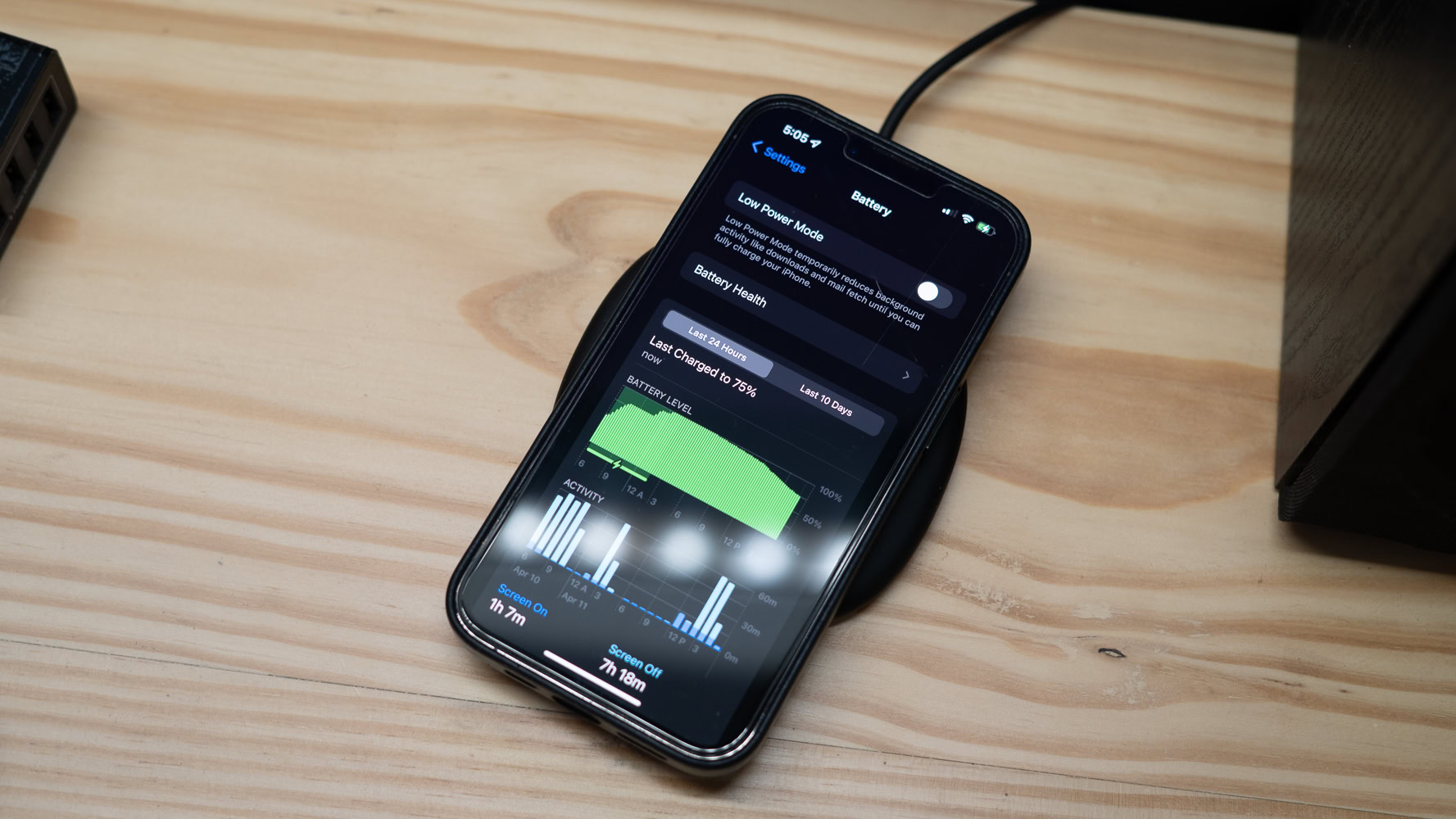
Apple has not played the fast charging game. While Android device makers race to the extreme, designing phones that can charge fully in under 15 minutes, Apple has plodded along and barely improved the charging rate of the iPhone at all. The iPhone 13 Pro, for example, charges at ~20W with peaks of 27W with the appropriate wired charger and 15W with Apple’s wireless MagSafe chargers. Have a regular Qi-based wireless charger? The iPhone 13 Pro charges at just 7.5W. Samsung also plays it a bit conservative with wired charging rates of just 45W on its top flagships and wireless charging rates of 15W for its Galaxy S22 series.
Apple doesn’t need to up the wattage to ridiculous levels, but reduced charging times would be a major boost to the iPhone 14. The increased charging times are especially disappointing for the iPhone 13, offering a 3,240mAh battery that took 80 minutes to charge in our experience. By comparison, the base Galaxy S22 with its 3,700mAh battery takes between 65 and 70 minutes to fully charge.
120Hz across the board
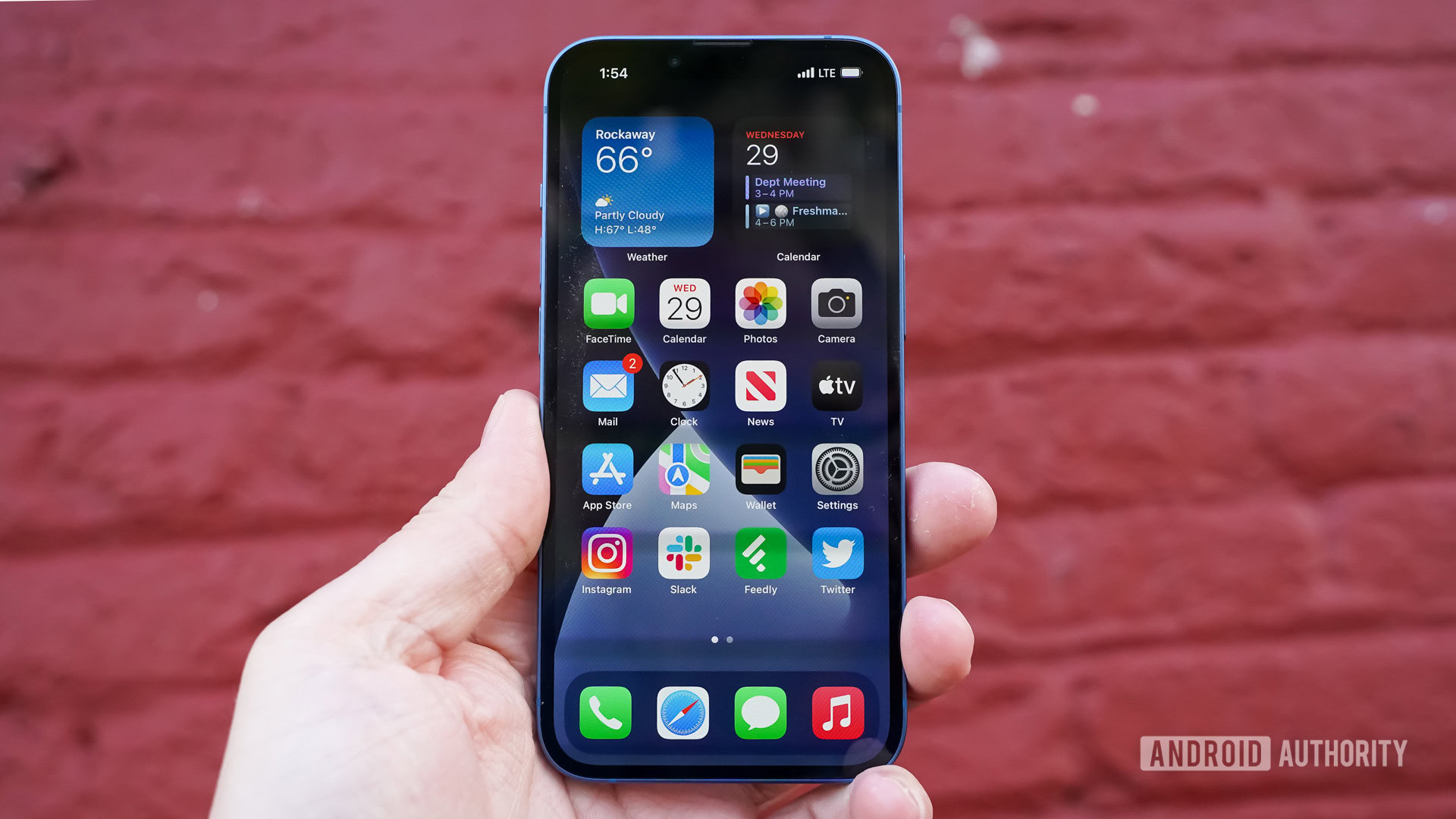
The iPhone 14 needs a faster screen. At this point in the game, the majority of ~$800 Android phones have adopted displays with refresh rates of up to 120Hz. Nearly all high-end flagships already boast such screens. Apple’s own iPhone 13 Pro and Pro Max offer 120Hz panels that Apple calls “ProMotion.” Such screens provide a smoother experience, particularly when scrolling through apps. The vanilla iPhone 13 and iPhone 13 Mini, however, are stuck with 60Hz panels.
More reading: Refresh rate explained
Apple should update the display of its non-Pro iPhone to include the same 120Hz refresh rate as its costlier Pro models. This would put the iPhone 14 on par with its Android competitors. The rumor mill suggests this hope isn’t on the way, but we can still hold out until the end.
Higher-resolution cameras, please
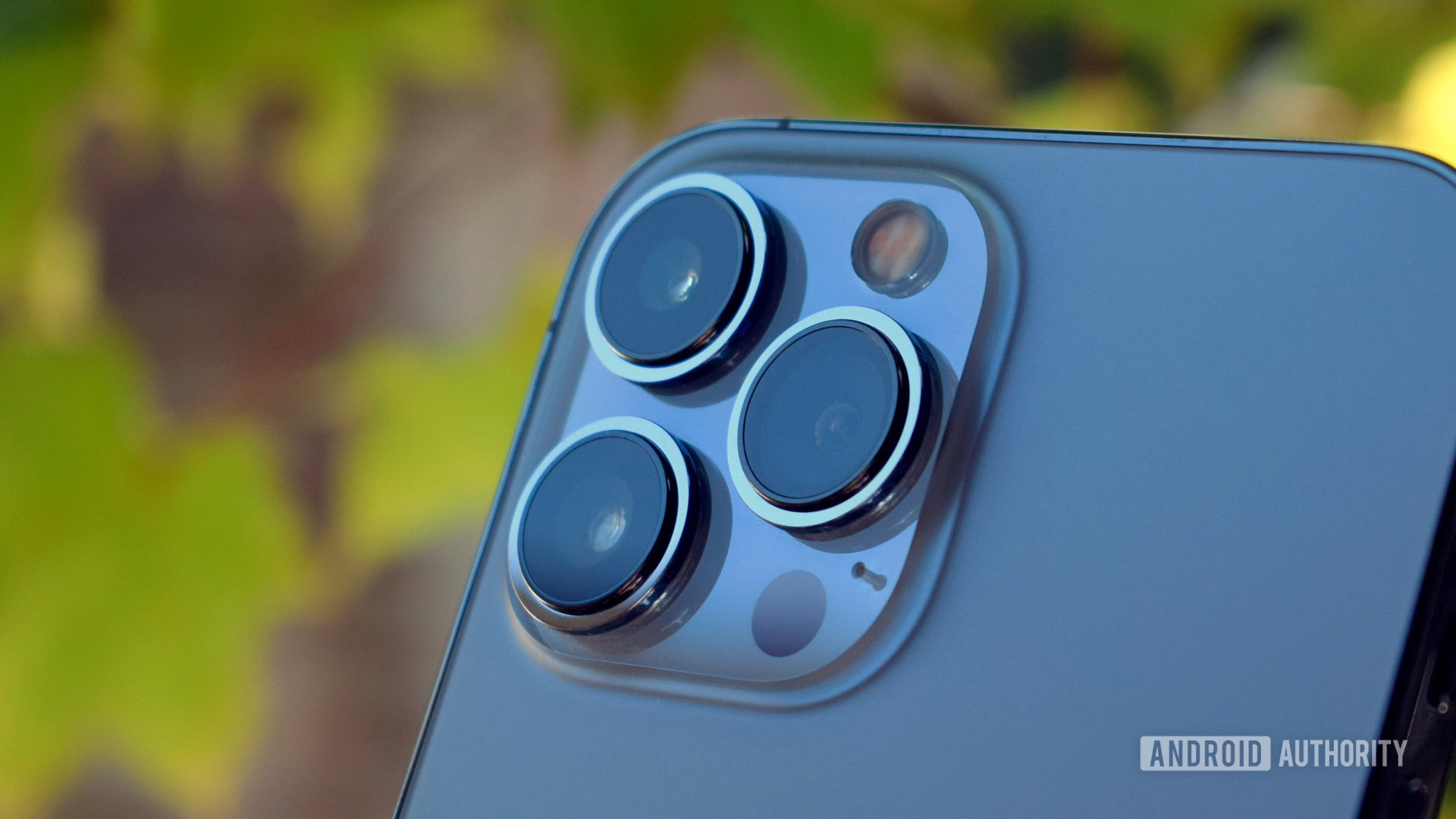
The iPhone 13 Pro series has one of the better camera suites available on a mobile device. It packs the main, ultrawide, and telephoto lens combination we prefer and manages to take very good pictures. However, Apple has relied on 12MP sensors in its phones dating back to the 2016-era iPhone 7 Plus.
More: The best camera phones you can get
Apple’s chief competitors in the mobile photography space are Google and Samsung. The Pixel 6 and Galaxy S22 series are excellent choices when it comes to camera quality. These phones have upped the resolutions of their main cameras significantly. The Pixel 6 Pro, for example, has a 50MP main camera, while the Galaxy S22 Ultra has a 108MP main shooter. This gives Google and Samsung the flexibility to offer more features with their main cameras that Apple can’t match with its 12MP sensor, such as ultra-high-resolution shots and pixel binning for improved low-light performance.
While megapixels aren’t everything, we’d like to see Apple update its sensors with higher-resolution options for the iPhone 14. Thankfully, multiple rumors point to the Pro models gaining 48MP main cameras this year, opening the door for 8K recording too.
A new look
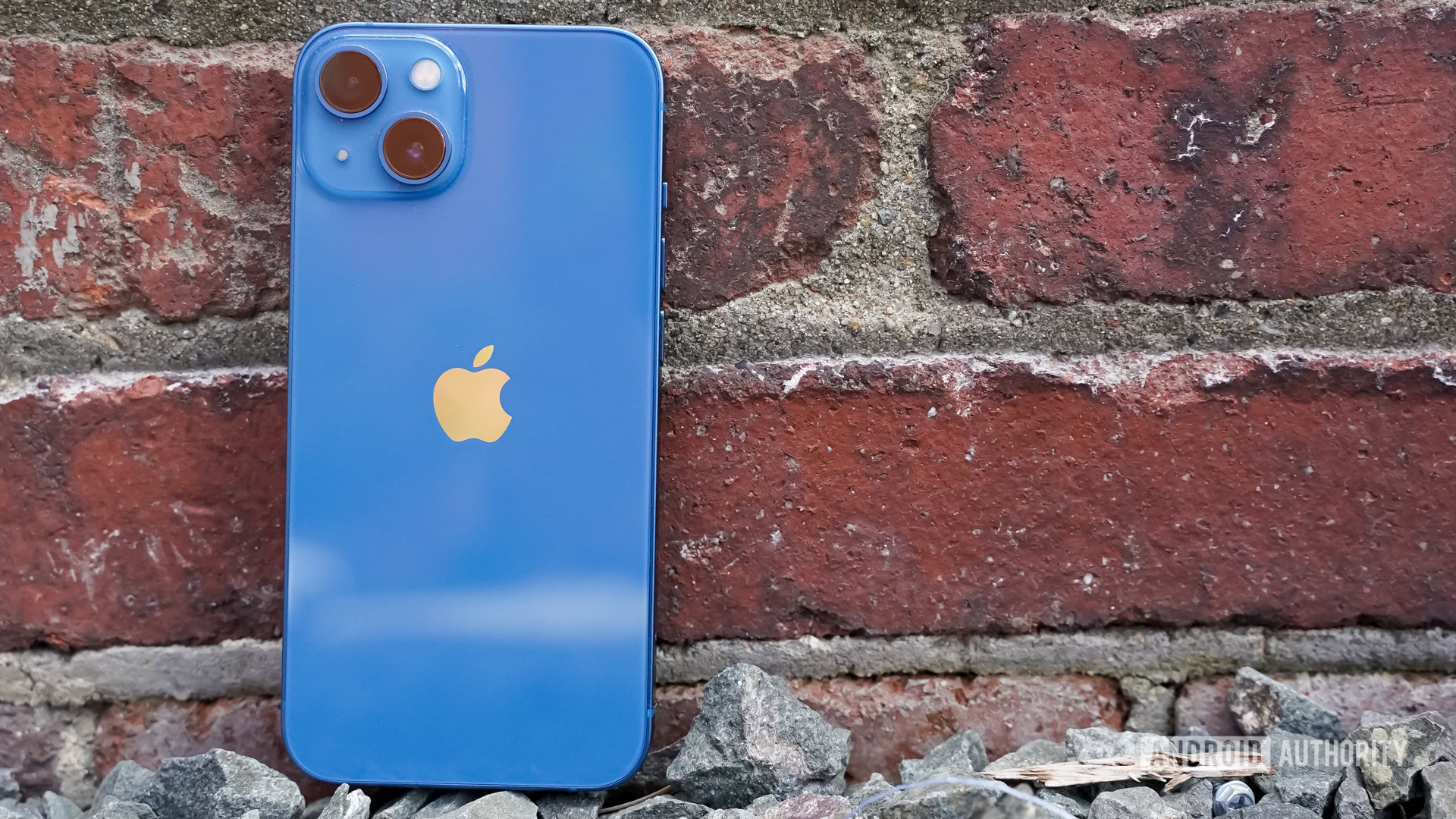
If there’s one company that relies on its industrial design to last through a few product cycles, it is Apple. Look no further than the MacBook, MacBook Air, or iPad Pro, and you’ll see devices that have barely changed in general appearance at all for years at a time. While there’s something to be said for consistency, it’s good to shake things up on occasion. Google, for example, has introduced significantly different devices year after year with its Pixel phones.
Check out: Smartphone features and design trends we don’t miss
The iPhone 13 and iPhone 12 before it carry the same basic look — particularly when you view the screen. From the front perspective, the iPhone has hardly changed at all going back to the iPhone X. It’s past time Apple gave the iPhone family some fresh duds. More than a new coat of paint, we’d like to see Apple overhaul the iPhone 14 family enough so that it has an identity all its own.

